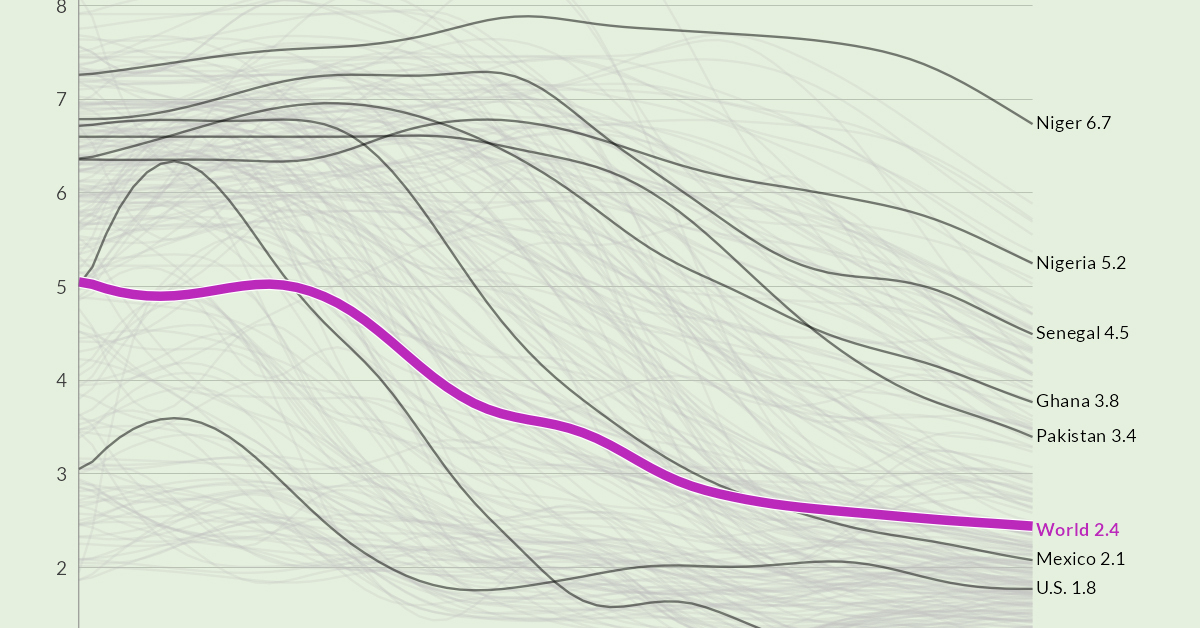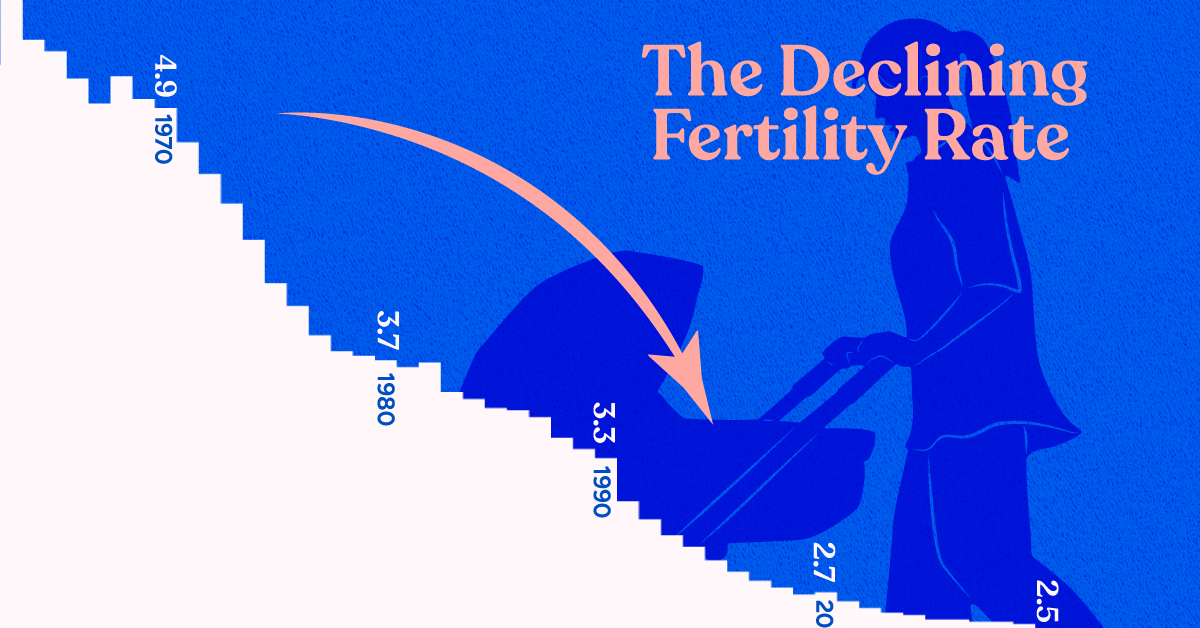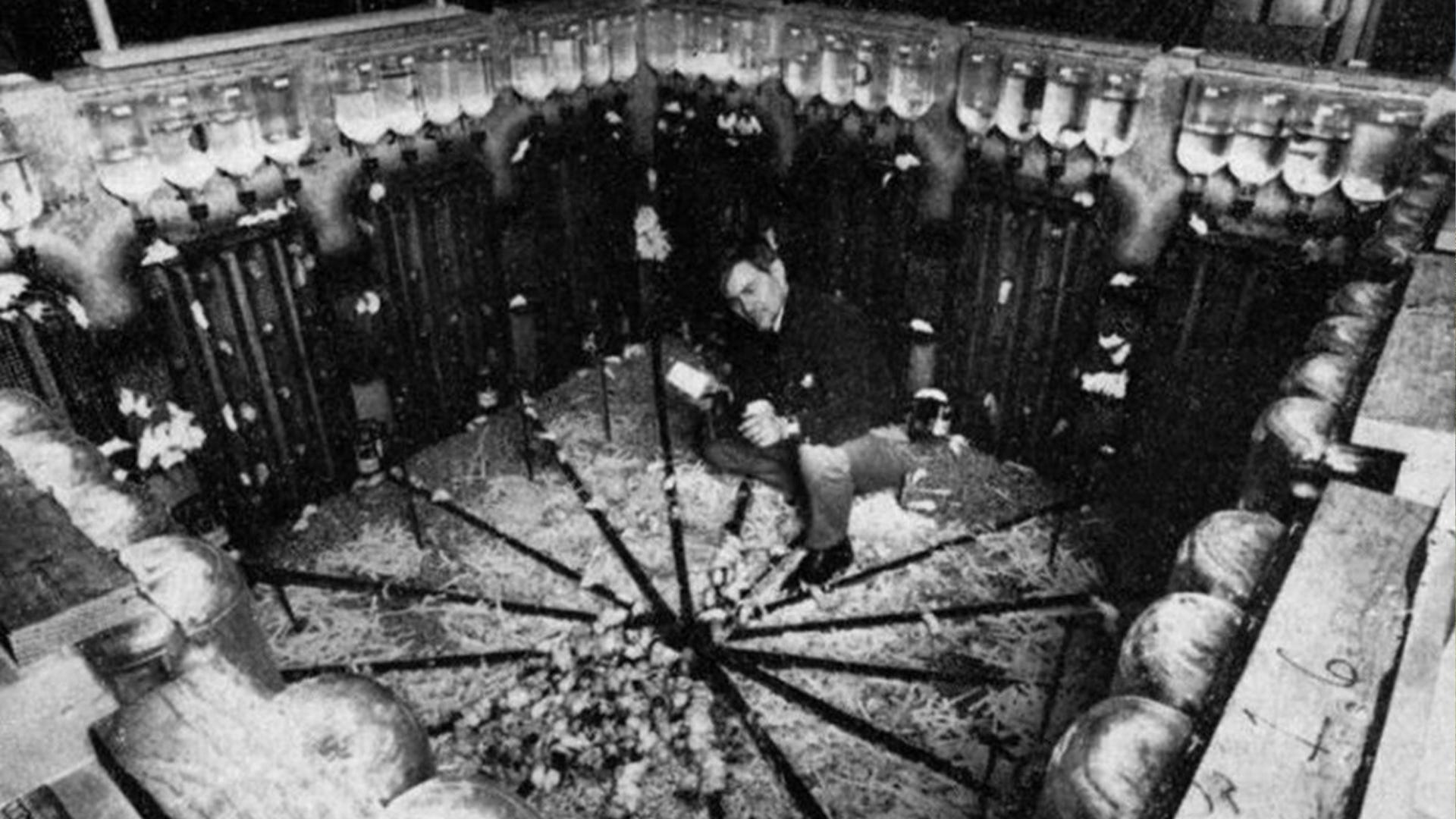Nelson Vergel
Founder, ExcelMale.com

Charted: The Global Decline of Fertility Rates
Since 1950, global fertility rates have decreased steadily. Now. the average woman has less than 3 children on average.
 www.visualcapitalist.com
www.visualcapitalist.com

 www.visualcapitalist.com
www.visualcapitalist.com



 www.forbes.com
www.forbes.com
Absolutely, zero sperm and raisin balls club ftw. Lol jk.Fertility must go down. Earth is already overcrowded and there are wars for resources.


 www.visualcapitalist.com
www.visualcapitalist.com
Fertility must go down. Earth is already overcrowded and there are wars for resources.
I do think there are tons of issues with toxins in our environments which contribute to the problem, but there is also evidence to suggest it may be inevitable. I was thinking about it the other day and it almost seems like a built-in balancing mechanism for population control when a species is able to overcome all of the other balancing mechanisms like lack of resources, disease, predators, environment, etc.The problem is the more productive nations which drive the worlds progress are seeing their population shrink. In a perfect scenario as long as every society across the globe were on the same page that would be ok. Nations that can’t feed themselves are seeing population booms (ironically due to western intervention such as medicine etc.) which leads to another set of issues.





 www.forbes.com
www.forbes.com